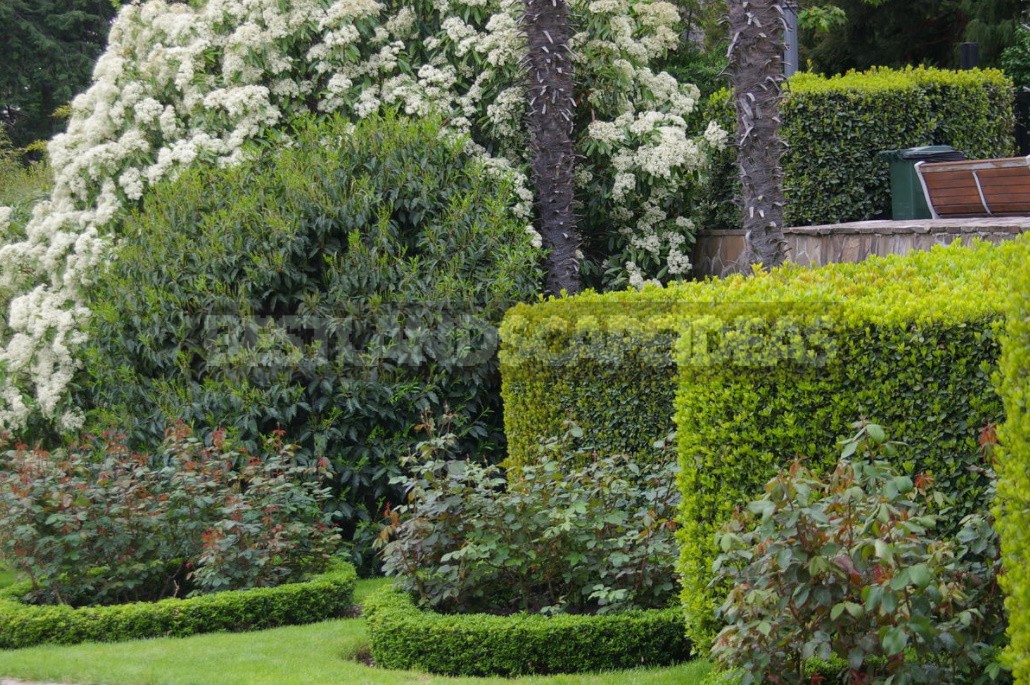
- Larix;
- Individual features of the application of haircuts;
- Pine tree;
- Individual features of the application of haircuts;
- Pomegranate;
- Individual features of the application of haircuts;
- Oak;
- Individual features of the application of haircuts;
- Willow Tree;
- Individual features of the application of haircuts;
- Rosemary;
- Individual features of the application of haircuts;
- Photinia;
- Individual features of the application of haircuts;
- Kaleidoscope of the “wood barber shop”;
Today we will continue the topic and talk about woody plants that tolerate cutting well. But before you meet new applicants for a haircut, take a look at the previous article to refresh your memory of the basic terms associated with this fascinating and useful agricultural technique.
Practice shows that in each specific case, the decision is made individually: the timing of the haircut, recommendations should always be adjusted by the region of growth of the tree, shrub and go to the benefit of the plant.
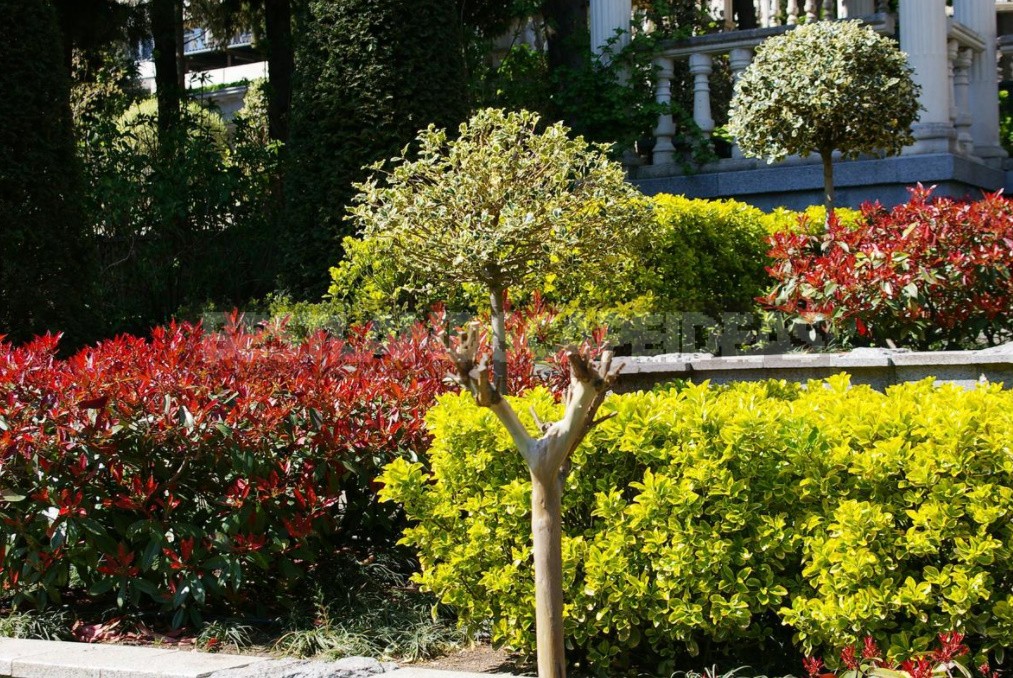
Fanciful topiary figures, far from natural beauty, have long been a thing of the past. Today, professionals and amateurs give their preference to simpler forms. It can be a sphere, cube, umbrella, hive, heart, wave, spiral, candle, egg, ice-cream and so on.
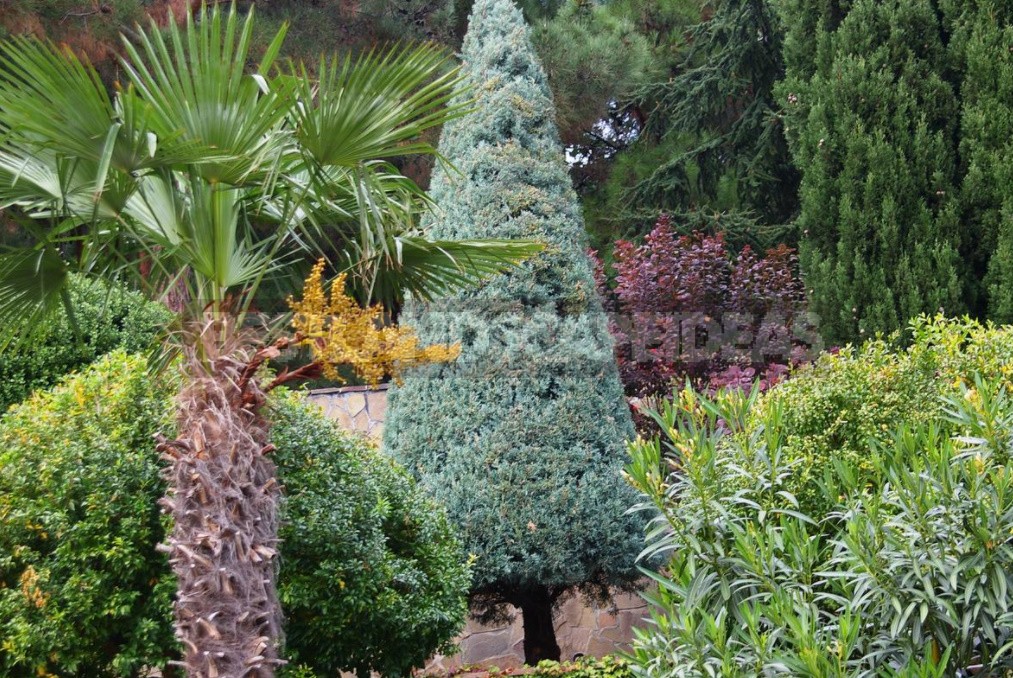
Being able to think spatially and see the end result, knowing the biological characteristics of the species, with the help of a haircut, you can make real green sculptures, emphasizing the beauty of the trunks and the location of the branches. At the same time, it is very important to use a high-quality garden tool.

So, meet woody species that tolerate cutting well and are not averse to keeping themselves in shape all their lives.
Larix
In young trees, Larix decidua, a broad — pyramidal island crown-in old trees, it is more often irregular in shape, with a curved (blunted) top.
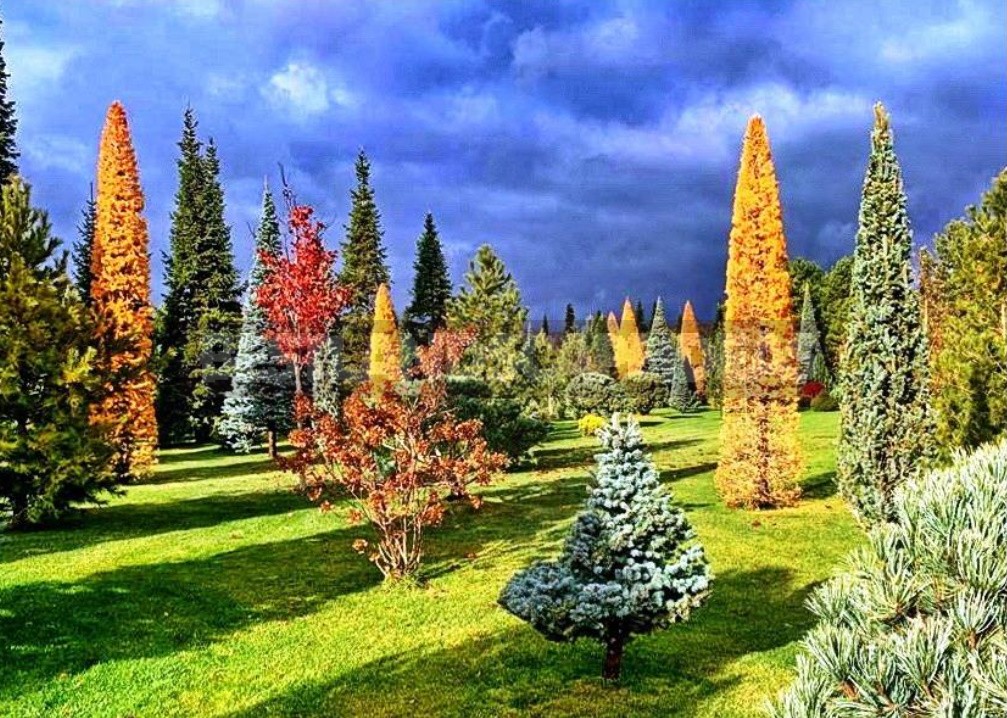
Regular haircuts will not allow the garden to turn into an impenetrable jungle, will open up free space. Take note of another important fact: even in a small free area, clipped trees look more impressive than untrimmed ones.
Individual features of the application of haircuts
The shape of an arrow or a thin candle is very beautiful. In the autumn, when the slender shorn larches put on a golden outfit, they have no competitors for the title of queen of the garden.
Pine tree
The pines are perfectly formed in the style of nivaki, the brevity of their lines perfectly fits into the East Asian style of the site. And if for the middle zone the choice falls mainly on Pinus sylvestris and P. mugo, then in the south their range is richer.
Individual features of the application of haircuts
With the help of brightening structural pruning and cutting, P. parviflora, P. thunbergii, and P. densiflora produce magnificent garden bonsai, nivaki, and author trees.
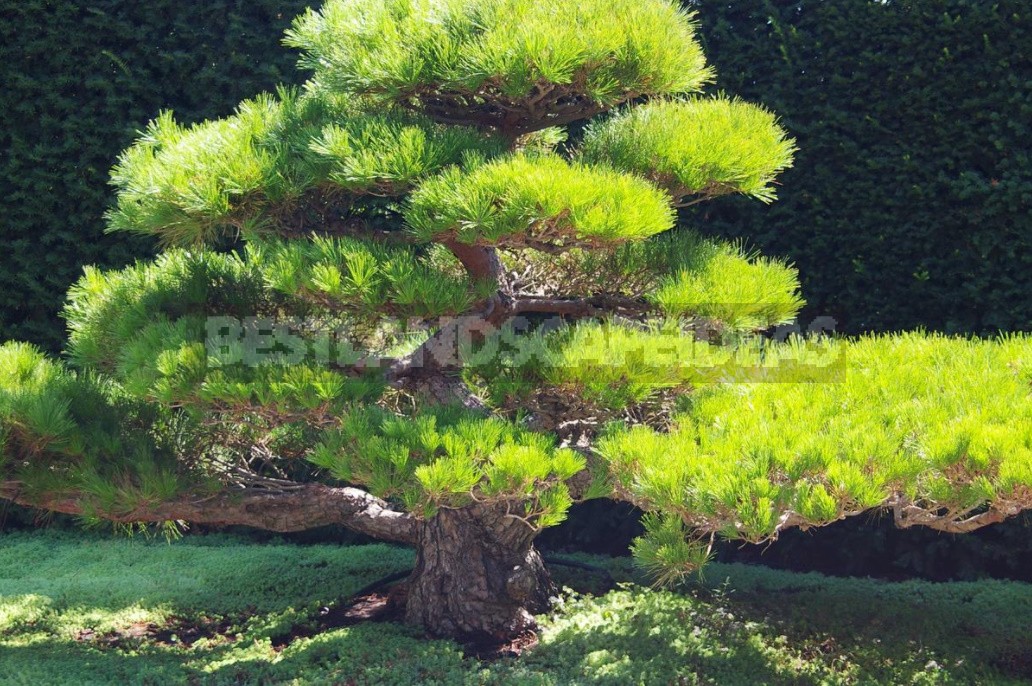
After the main formation, which may take you 4-5 years, only apply a haircut of green “bunches” 1 time per season. Sometimes, to give a certain position to the branches, temporary stretches of thick fishing line are used.
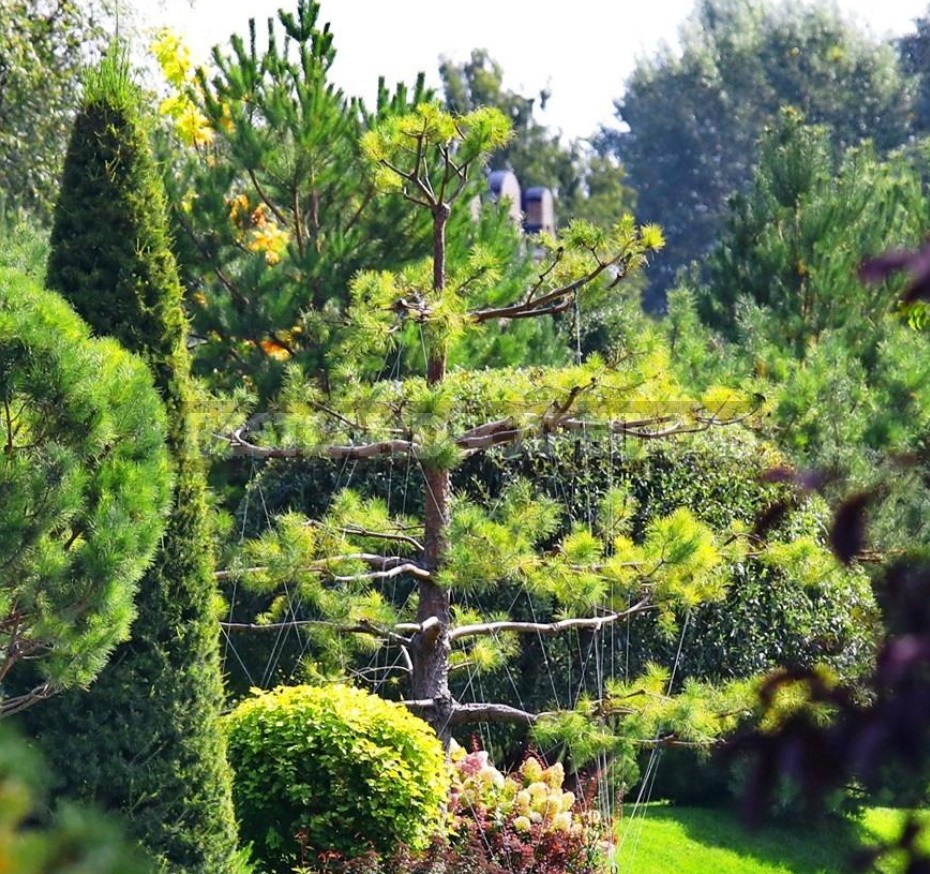
It often happens that the owners of a dacha plot buy a ready-made pine art copy, and then it remains only to preserve its refined appearance with a supportive haircut. Moreover, experienced and patient gardeners “cut with their hands”, carefully breaking out young shoots that break out of the contour.
Pomegranate
Punica granatum ‘Nana’ is a deciduous shrub or tree with prickly young branches and a dense (when cut) crown. It grows slowly, so it keeps the desired shape for a long time.
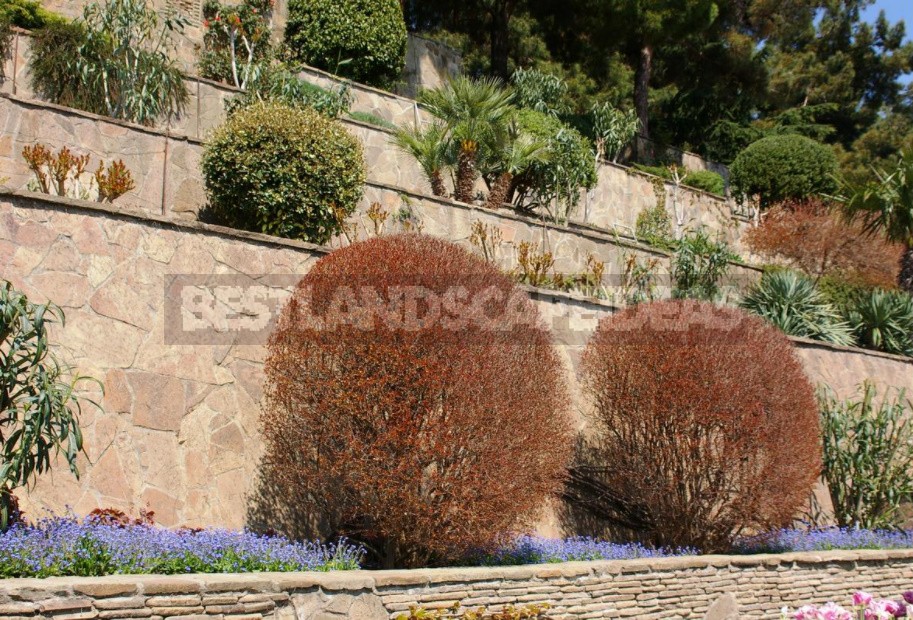
Individual features of the application of haircuts
Often in the fall, after harvesting, the weakened shoots are removed. In early spring, a supportive haircut is carried out and the old bare branches are strongly cut off.
Oak
I specifically took 2 species — evergreen Quercus ilex and deciduous Q. robur. The first one is naturally endowed with a wide-spreading crown, which topiary masters prefer to form in round and oval shapes.
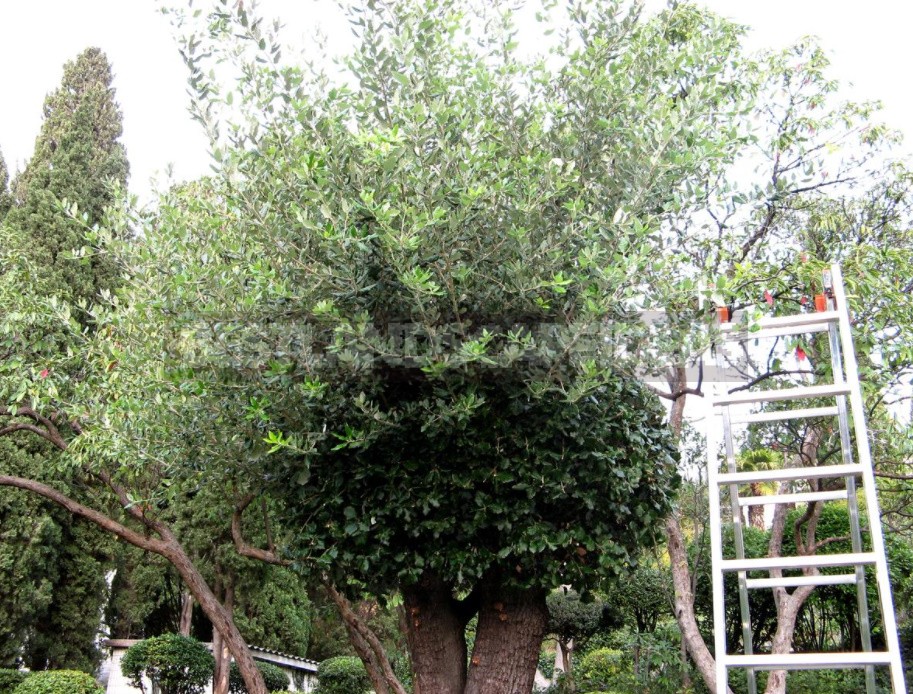
In natural conditions, where there are no compacted plantings, nature gives Q. robur a low trunk and also a wide-spreading, often tent-shaped crown.
Individual features of the application of haircuts
Quercus ilex has an interesting dark gray bark, which is often left for display. It is formed as a stem tree or in the form of a popsicle. From Q. robur, which gives long horizontal shoots, you can form a beautiful large umbrella.
Willow Tree
Nature has endowed Salix fragilis with a tent-shaped crown and brittle branches at the joints. When young, it grows quickly.
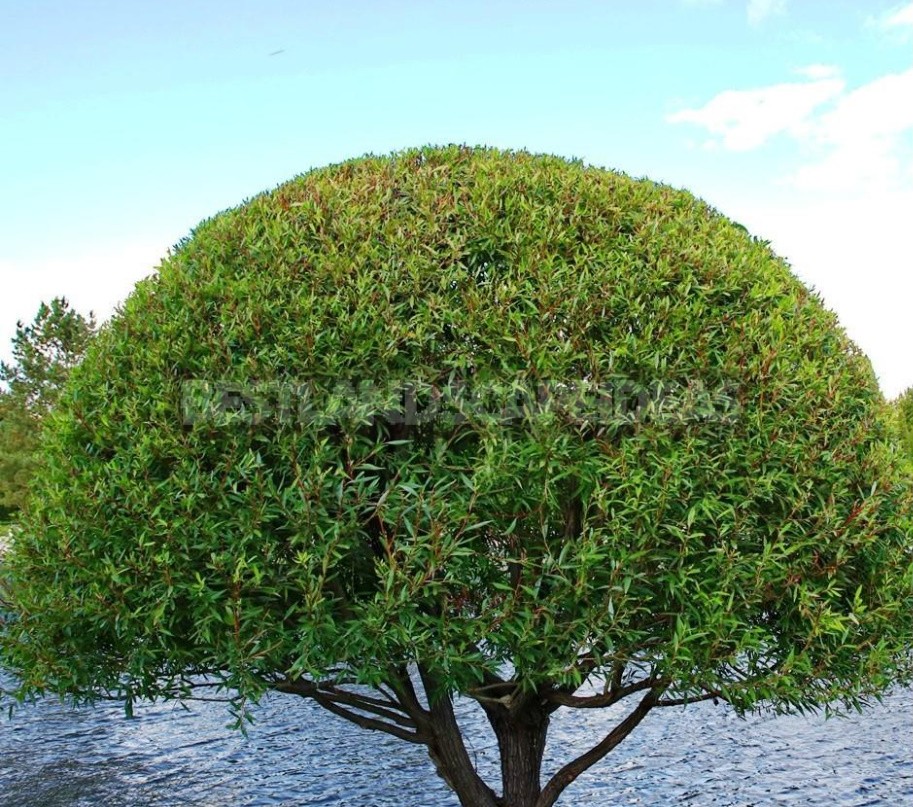
Individual features of the application of haircuts
All willows (and this species — including) perfectly tolerate a haircut. Thanks to it, the crown of the trees becomes surprisingly dense! The specified contour of the umbrella is really formed in 5 years, then a supportive haircut will be enough.
Rosemary
Rosmarinus officinalis is a wonderful evergreen shrub with numerous shoots pointing upwards, which form a dense habit. It tolerates a haircut well.
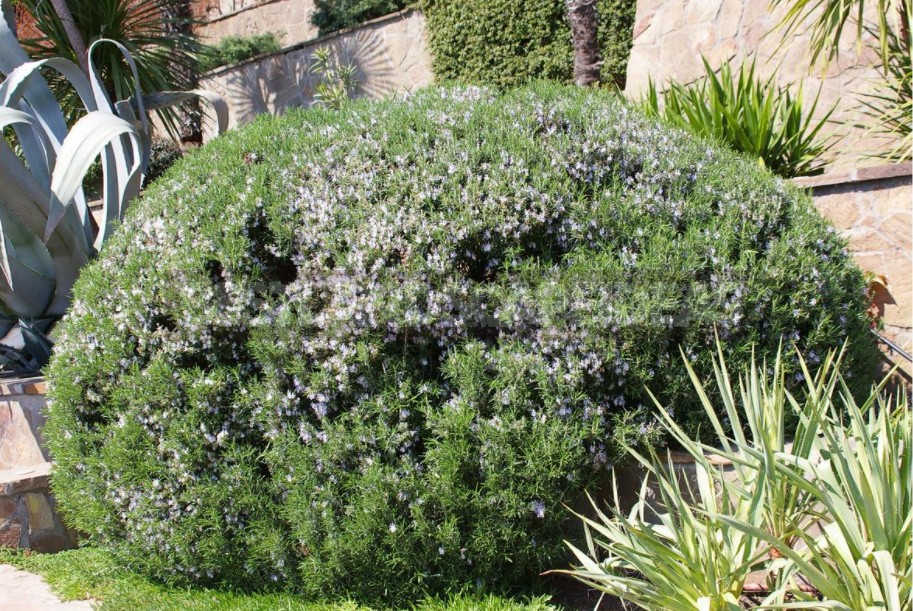
Individual features of the application of haircuts
It absolutely does not affect its flowering. Having formed a spherical bush (usually within 4-5 years), in the future, only a supporting haircut is carried out after the main flowering, in the spring.
Photinia
Photinia × fraseri ‘Red Robin’ is an evergreen shrub or tree with surprisingly beautiful spring leaves.
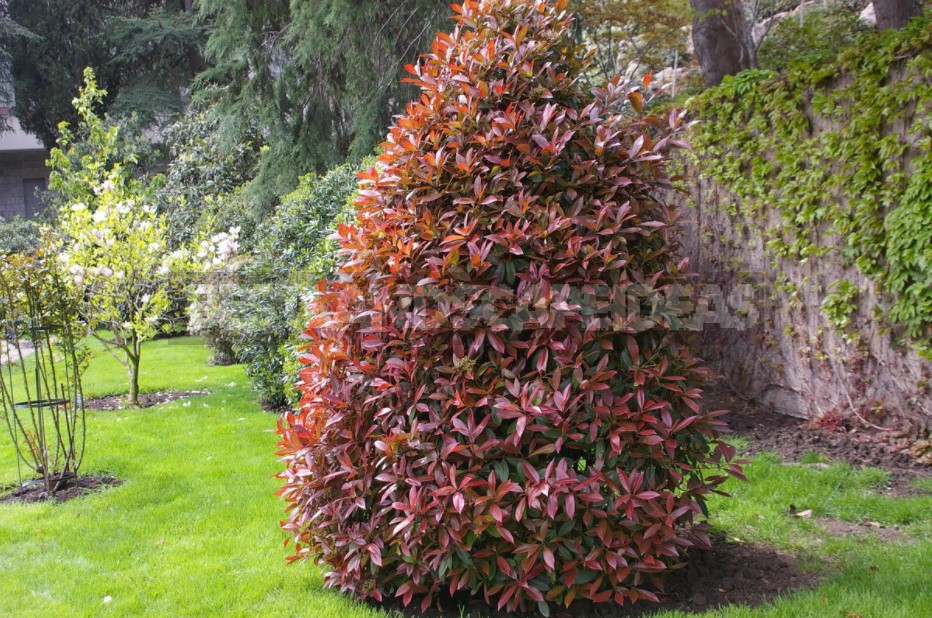
Individual features of the application of haircuts
Thanks to the dense branching and dense crown, the photinia can be formed in the form of an Easter egg (and even on a low leg, clearing the trunk from shoots to a height of up to 50 cm). She will also suit a spherical haircut, which will look even more impressive in the stamp form.
Kaleidoscope of the “wood barber shop”
Unfortunately, even in two articles it is impossible to tell in detail about each plant that tolerates cutting well. So I’ll just list those that are not afraid of garden and telescopic scissors, or knot cutters:
- Euonymus japonicus and Euonymus fortunei,
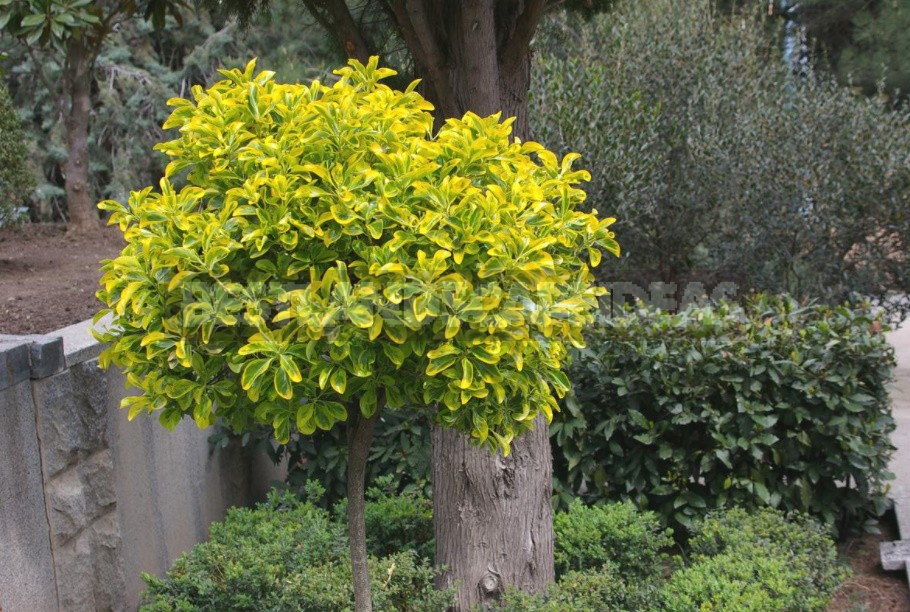
- Sambucus,
- Gleditsia,
- Hydrangea,
- Amelanchier,
- Viburnum,
- Caragana,
- Pinus pumila,
- Cornus mas,
- Cotoneaster,
- Ribes,
- Ilex aquifolium,
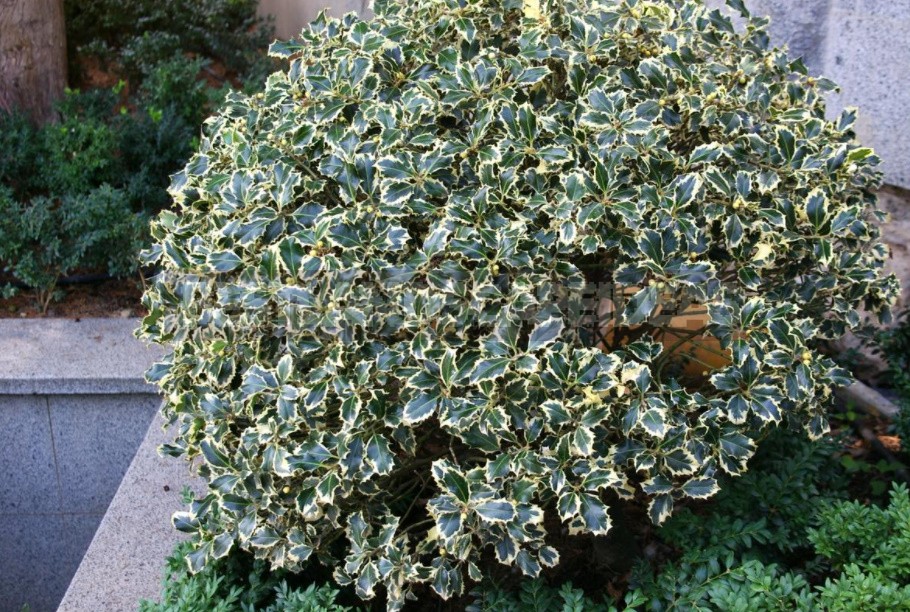
- Dasiphora fruticosa,
- Elaeagnus,
- Prunus,
- Juniperus virginiana and Juniperus communis,
- Mespilus germanica,
- Podocarpus macrophyllus,
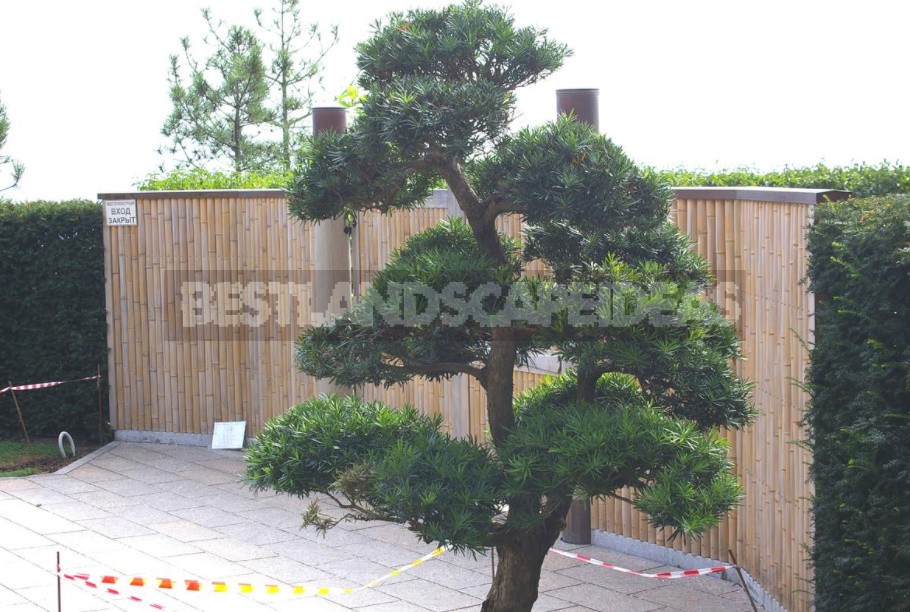
- Hippophae,
- Pyracantha,
- Santolina,
- Symphoricarpos,
- Spirea,
- Phillyrea,
- Enkianthus campanulatus and others.
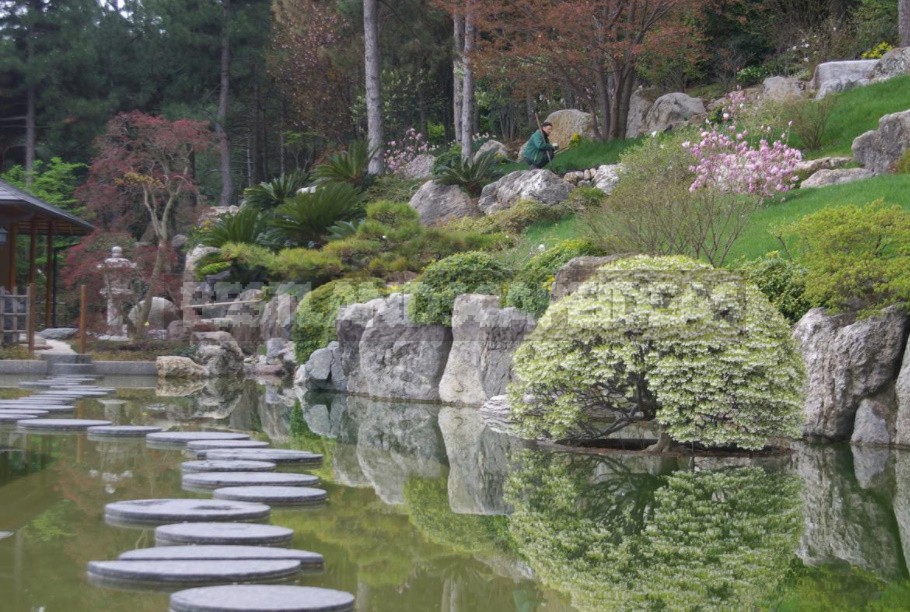
And do not forget that the plants that you regularly cut, after such a procedure requires a little more of your attention. They need timely watering, fertilizing, weeding from weeds, mulching the soil, and, if necessary, treatment from pests and diseases.
Have you tried yourself as a garden barber? What cropped forms did you get?
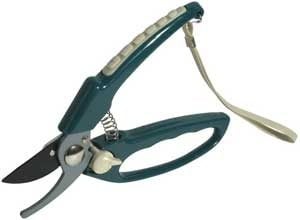

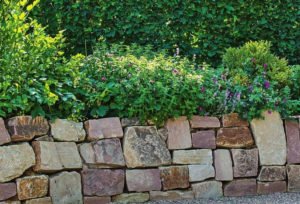
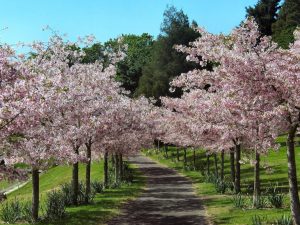
Leave a Reply